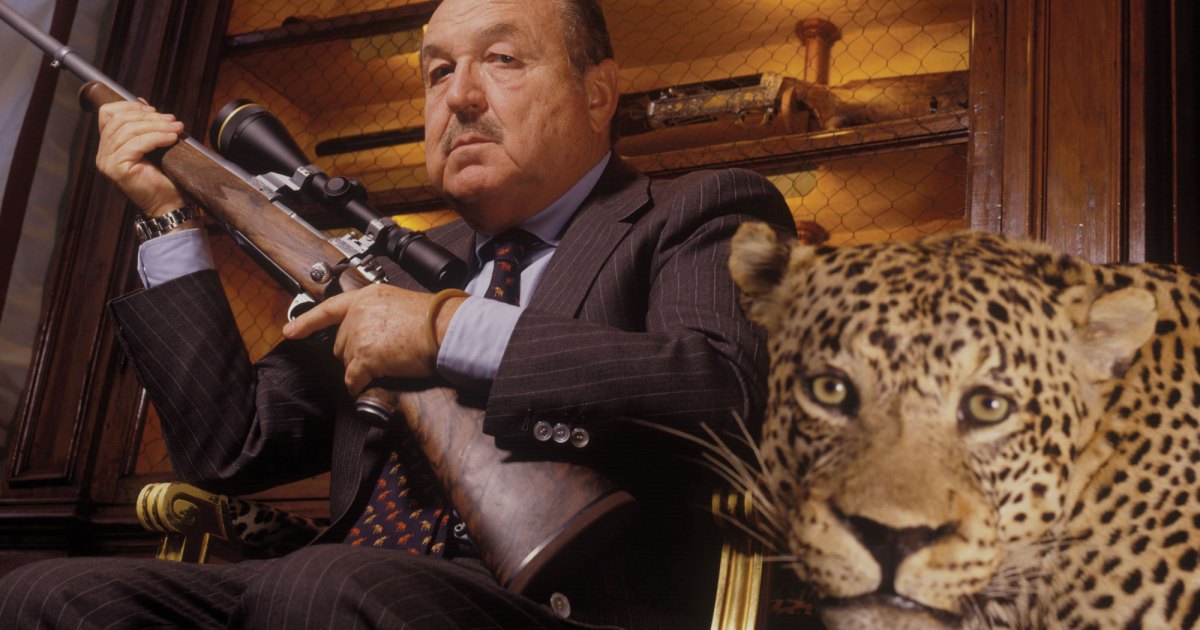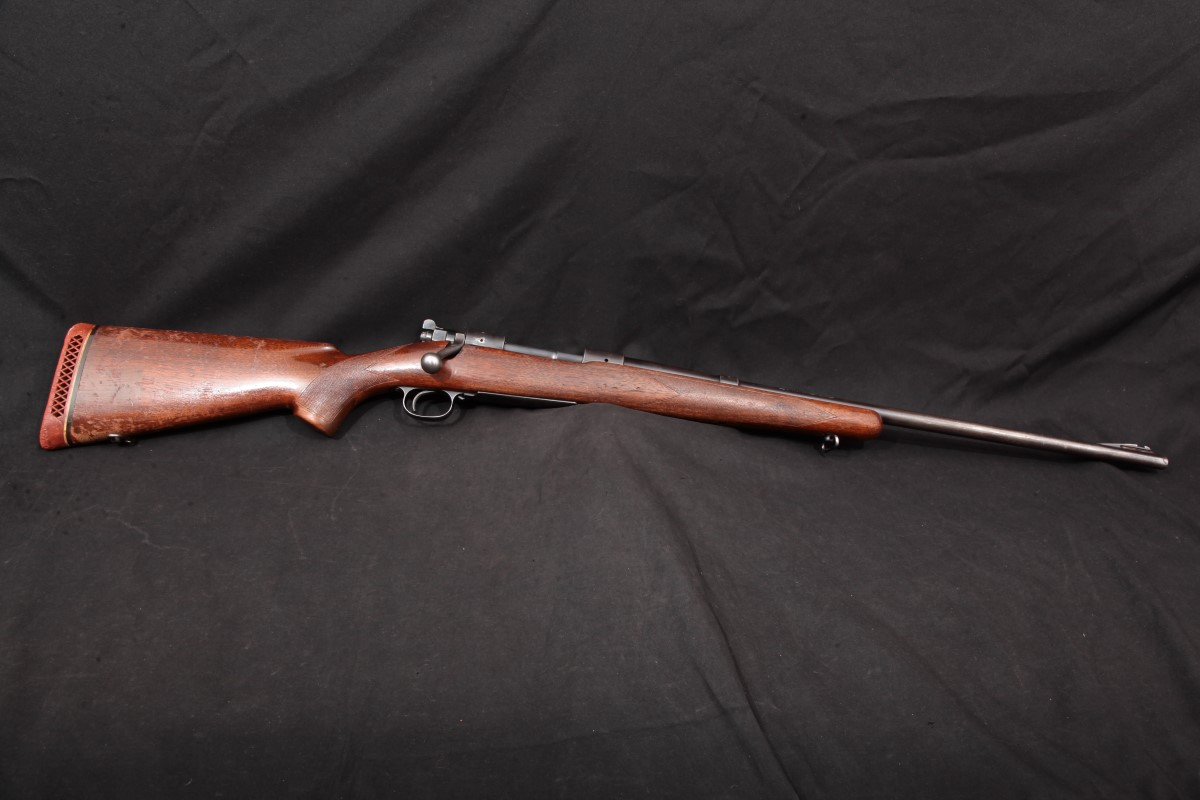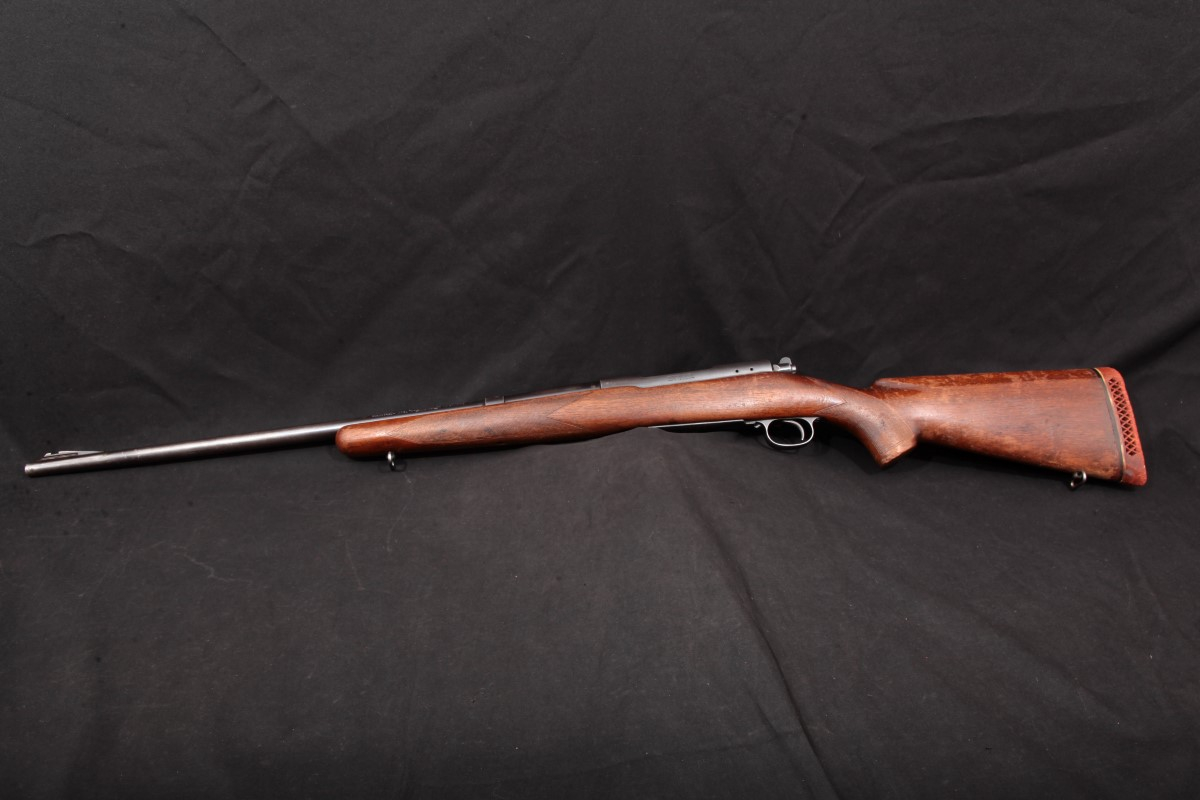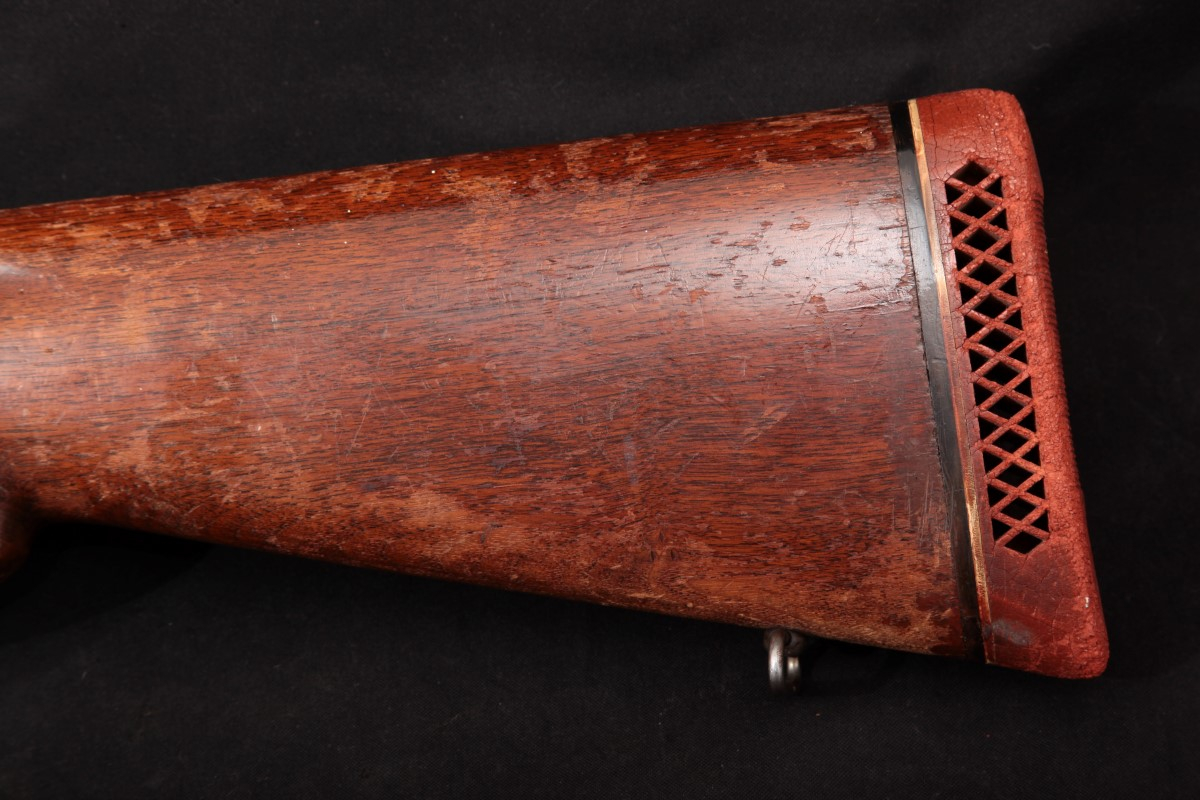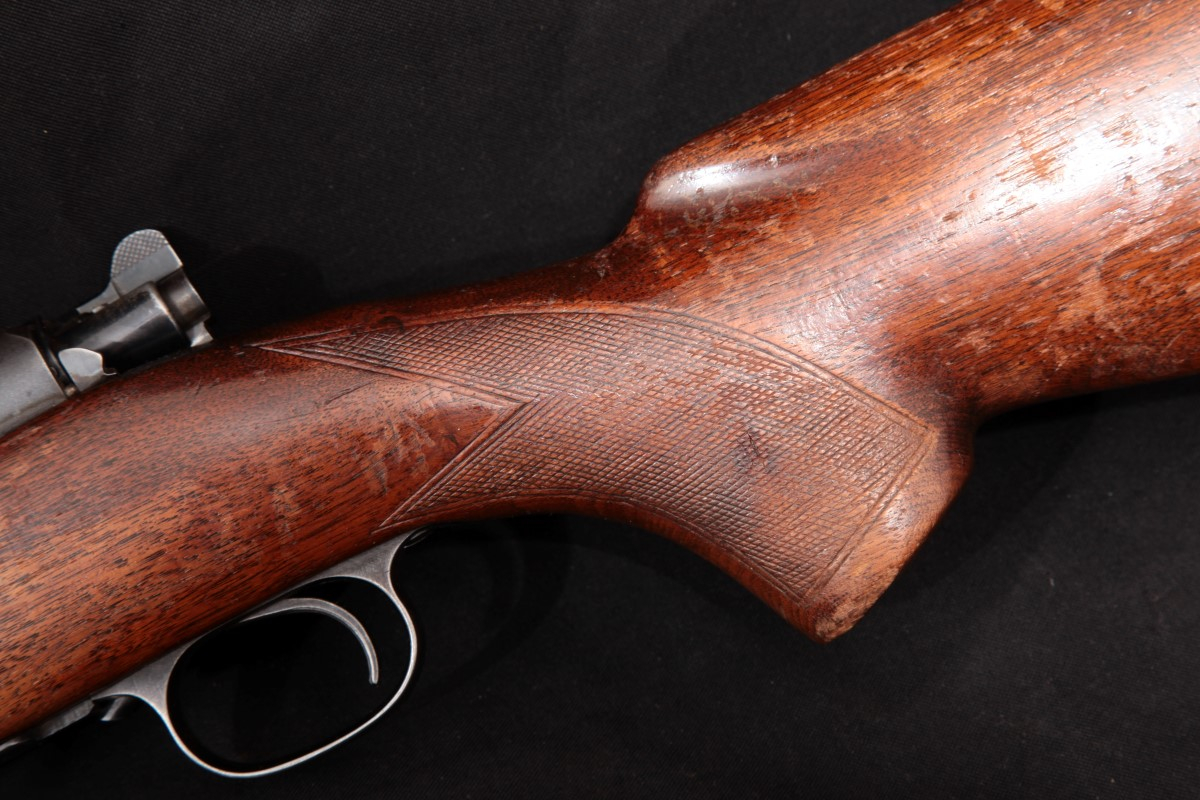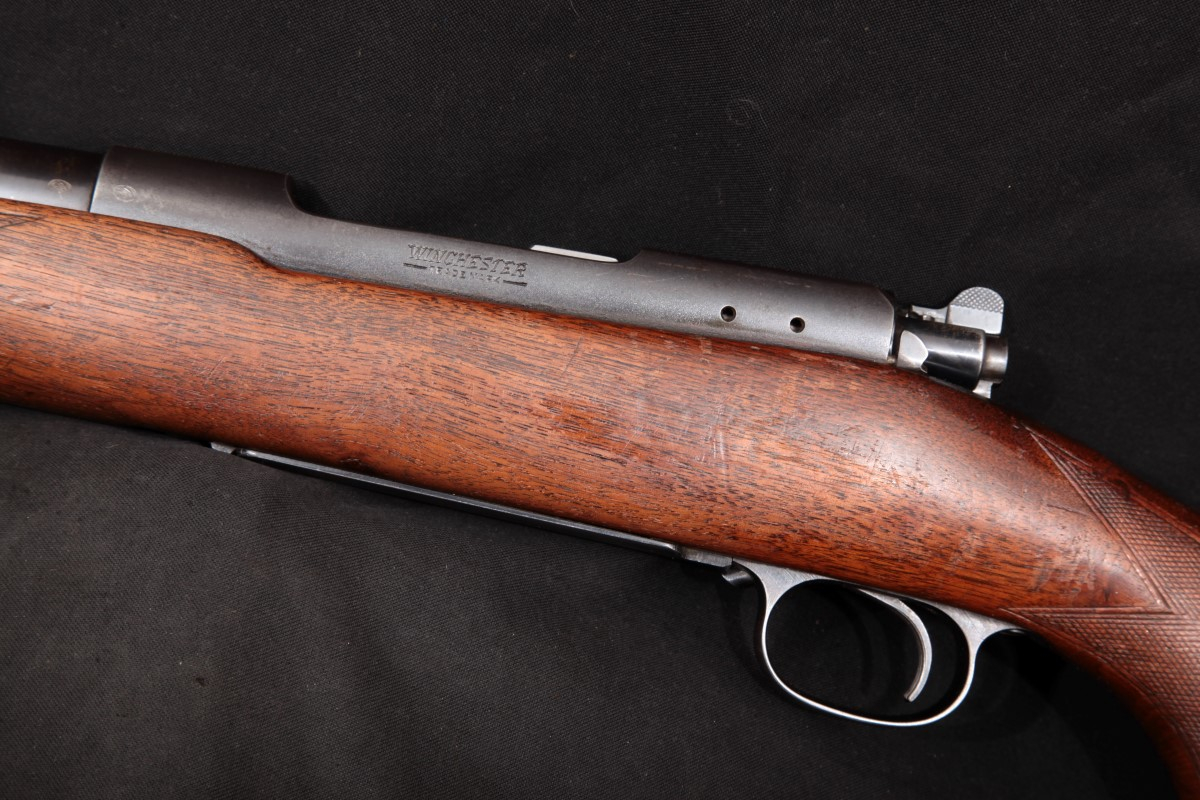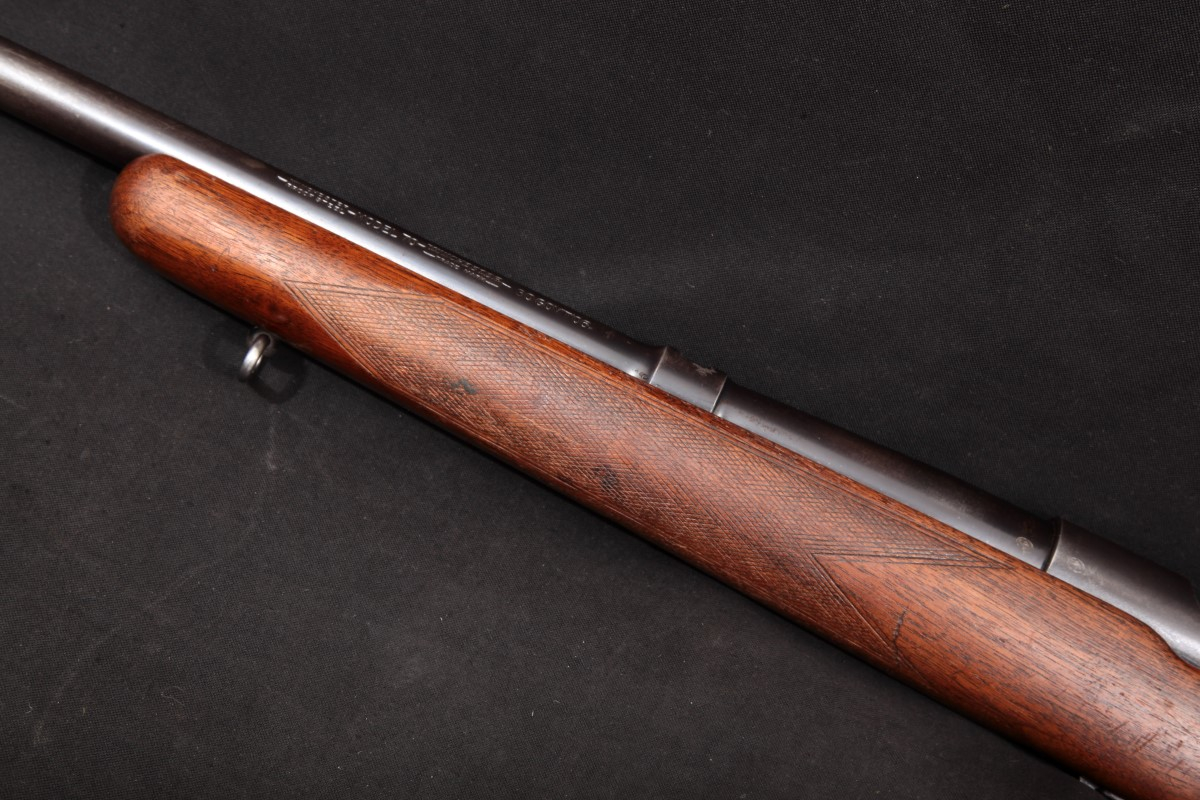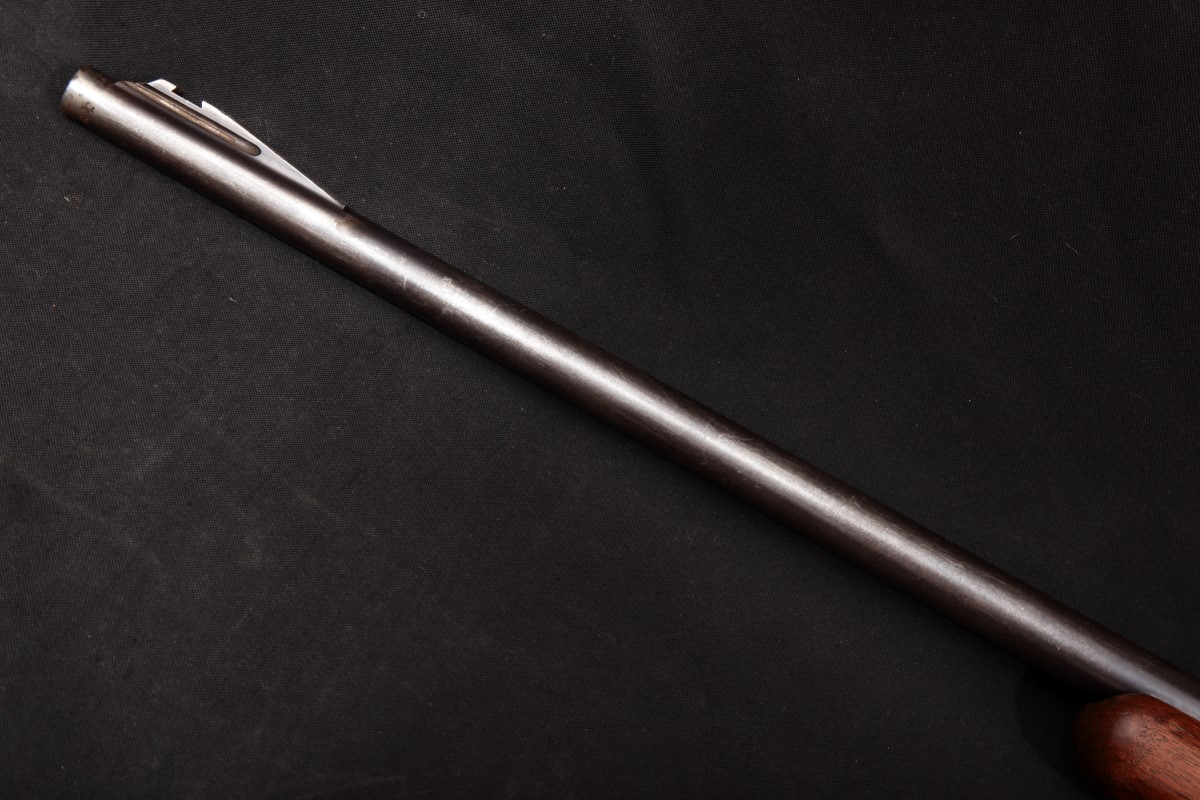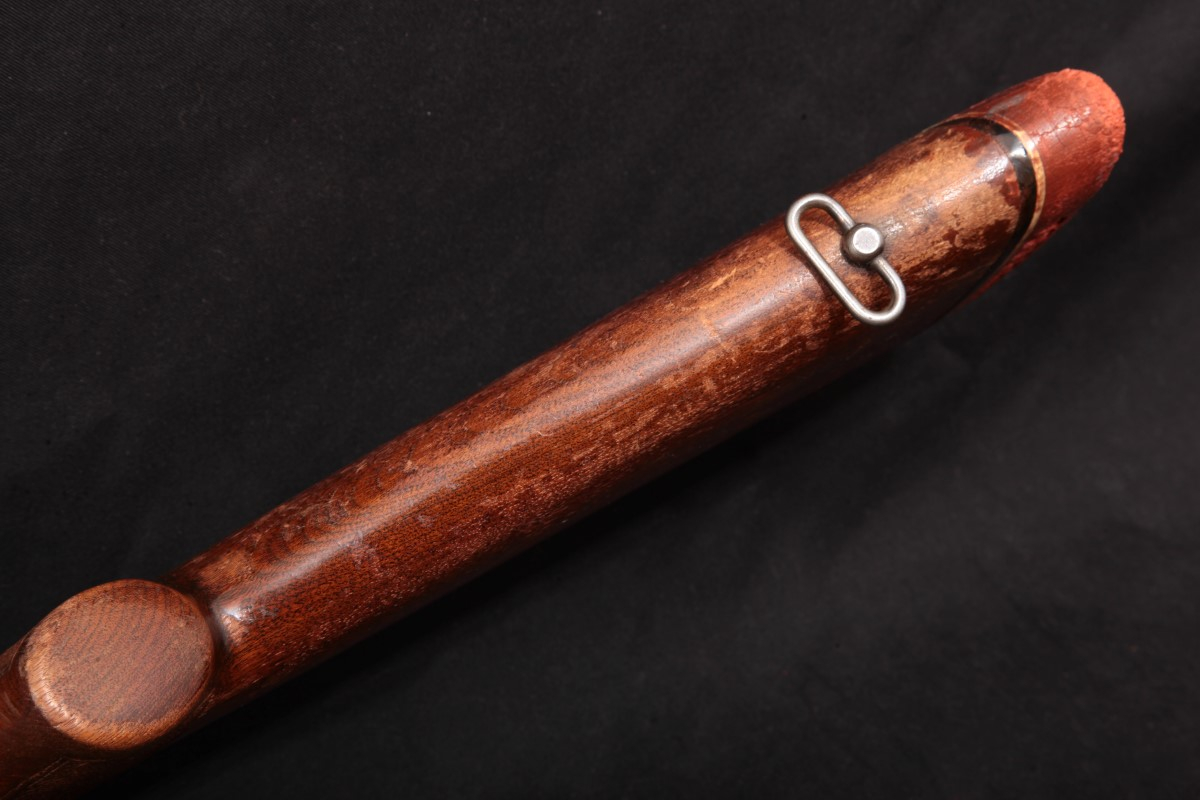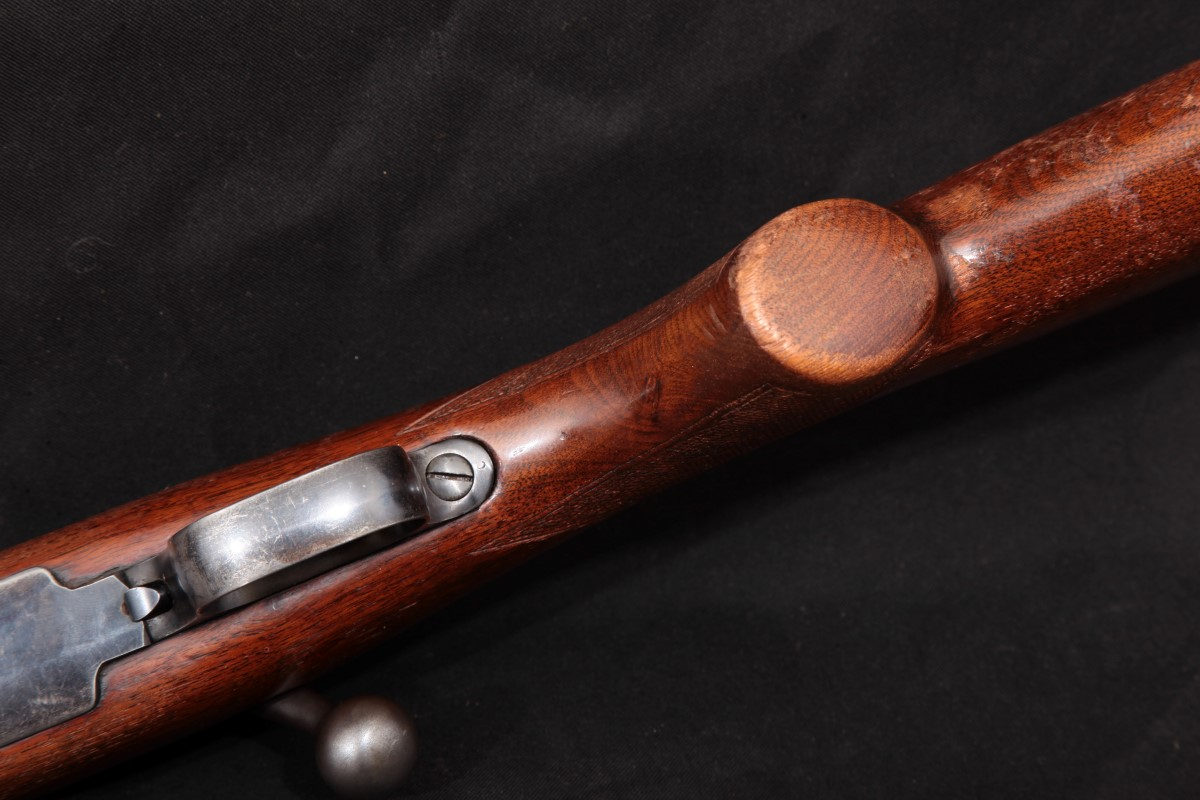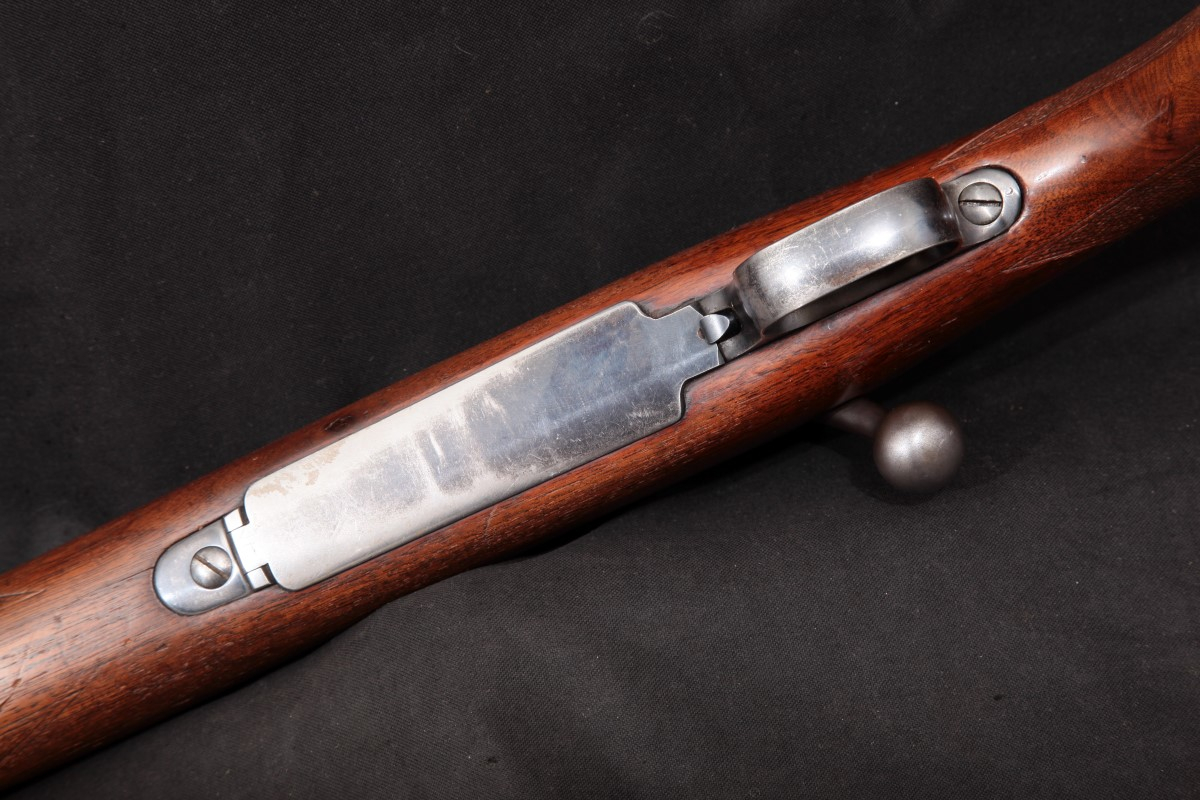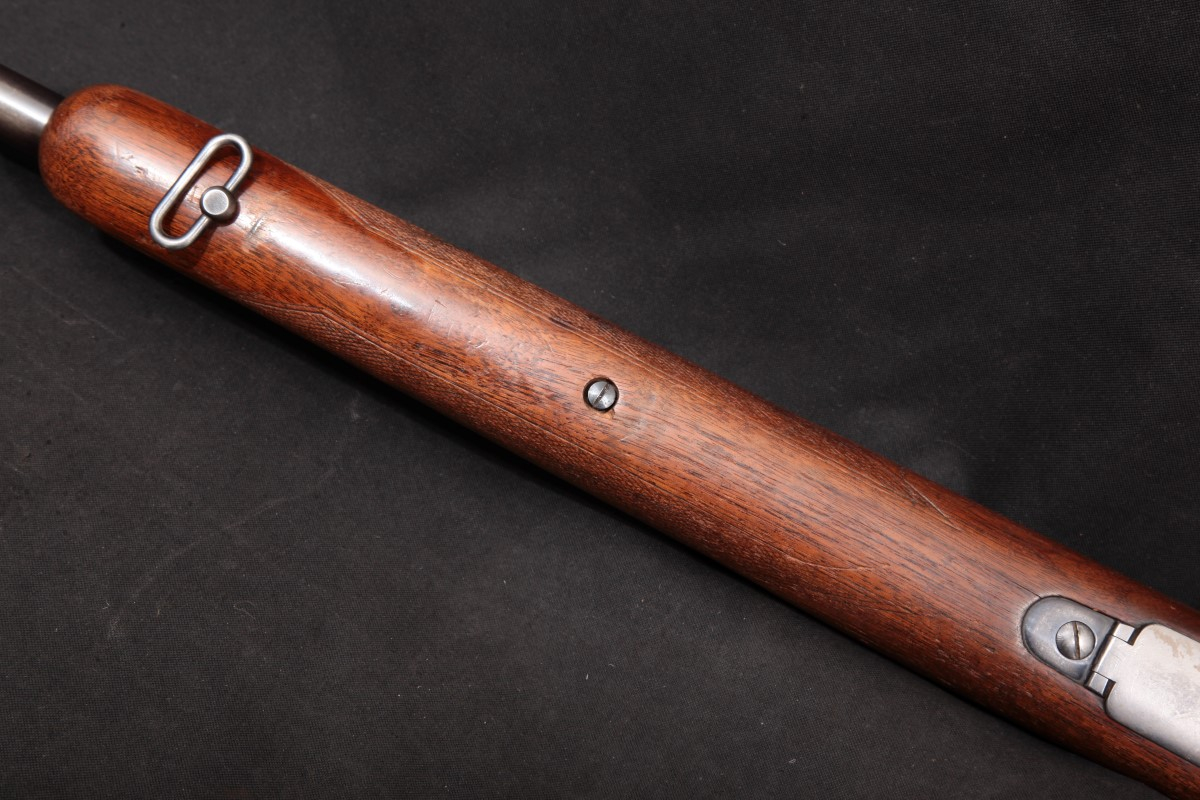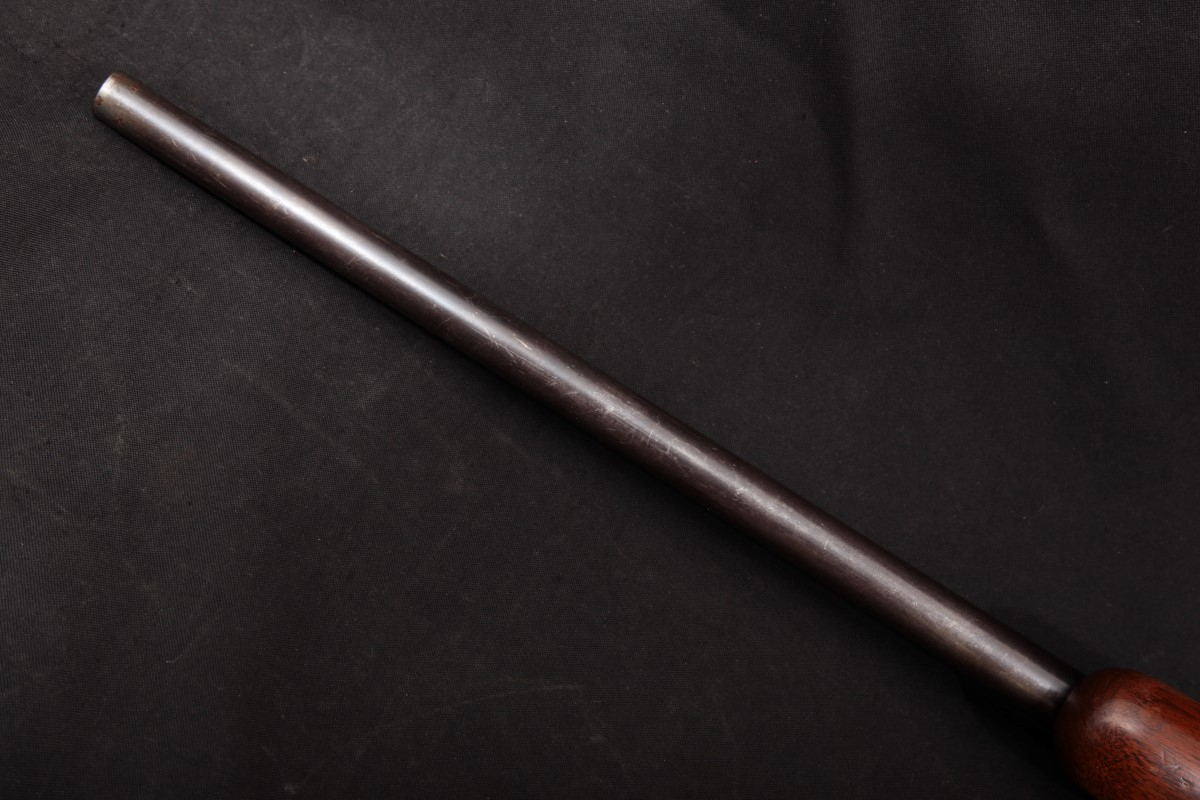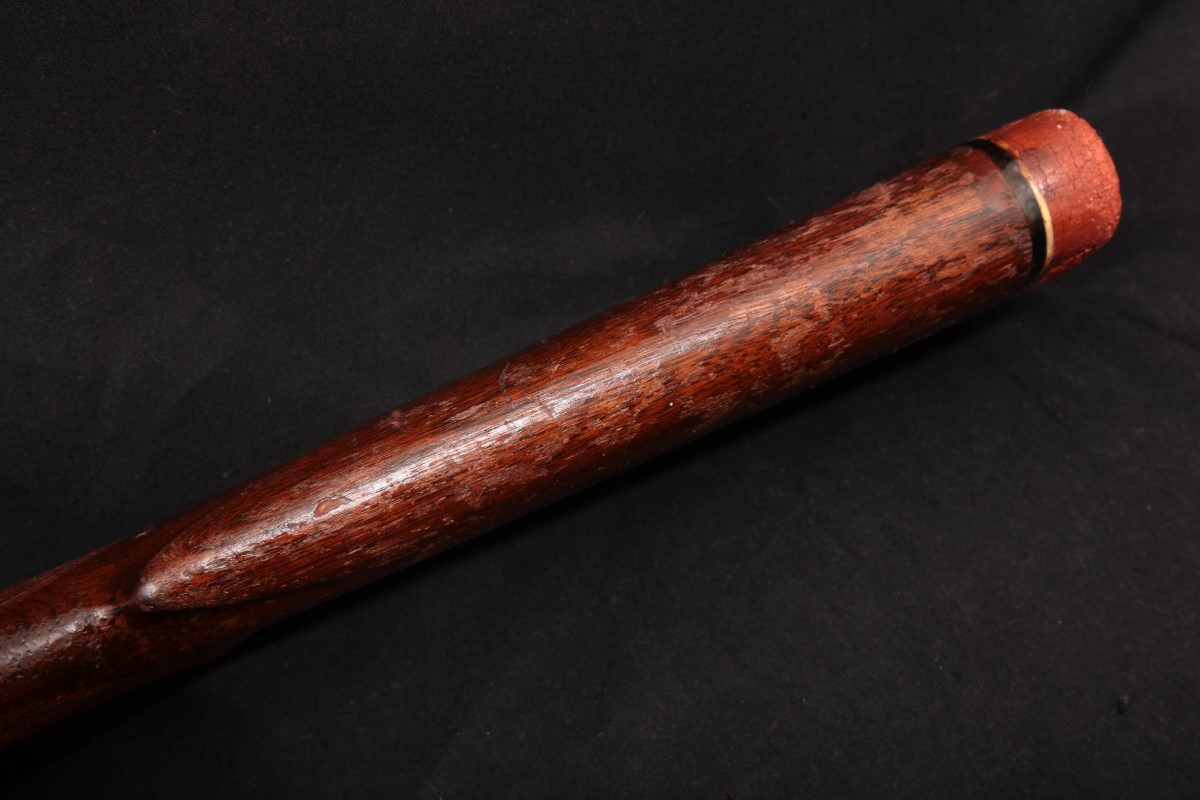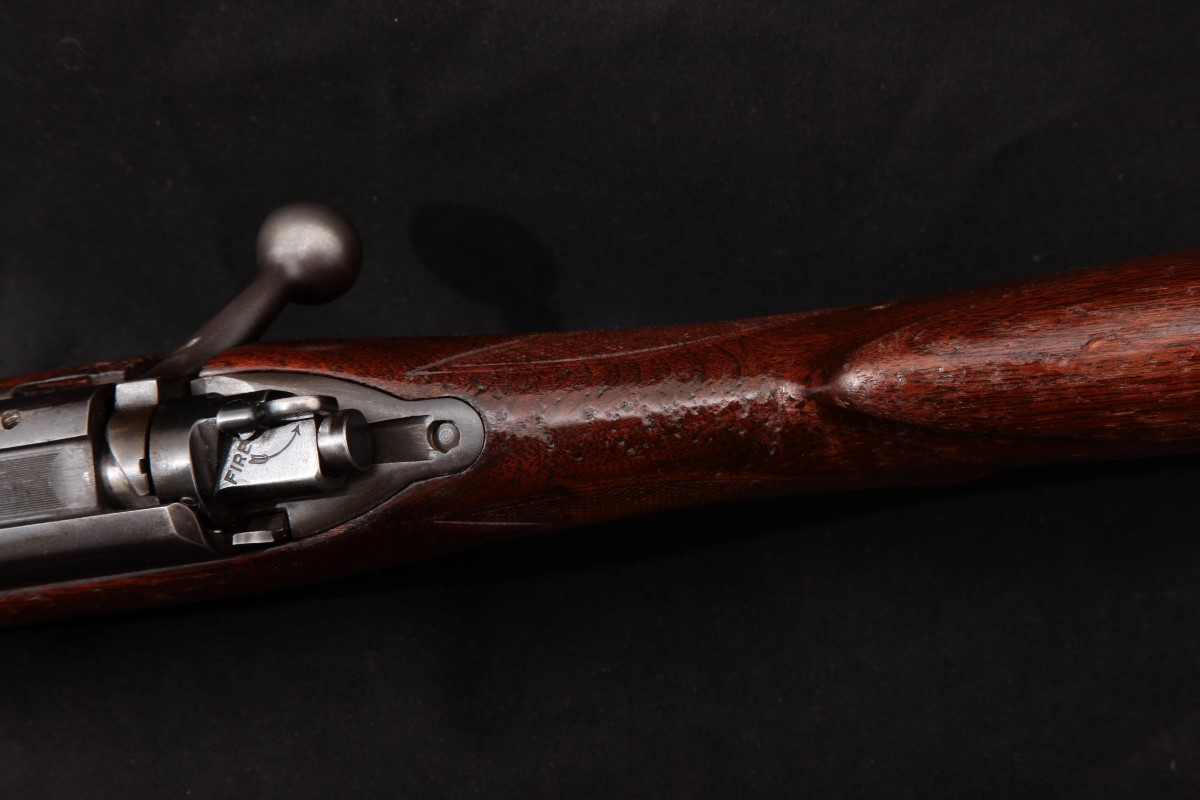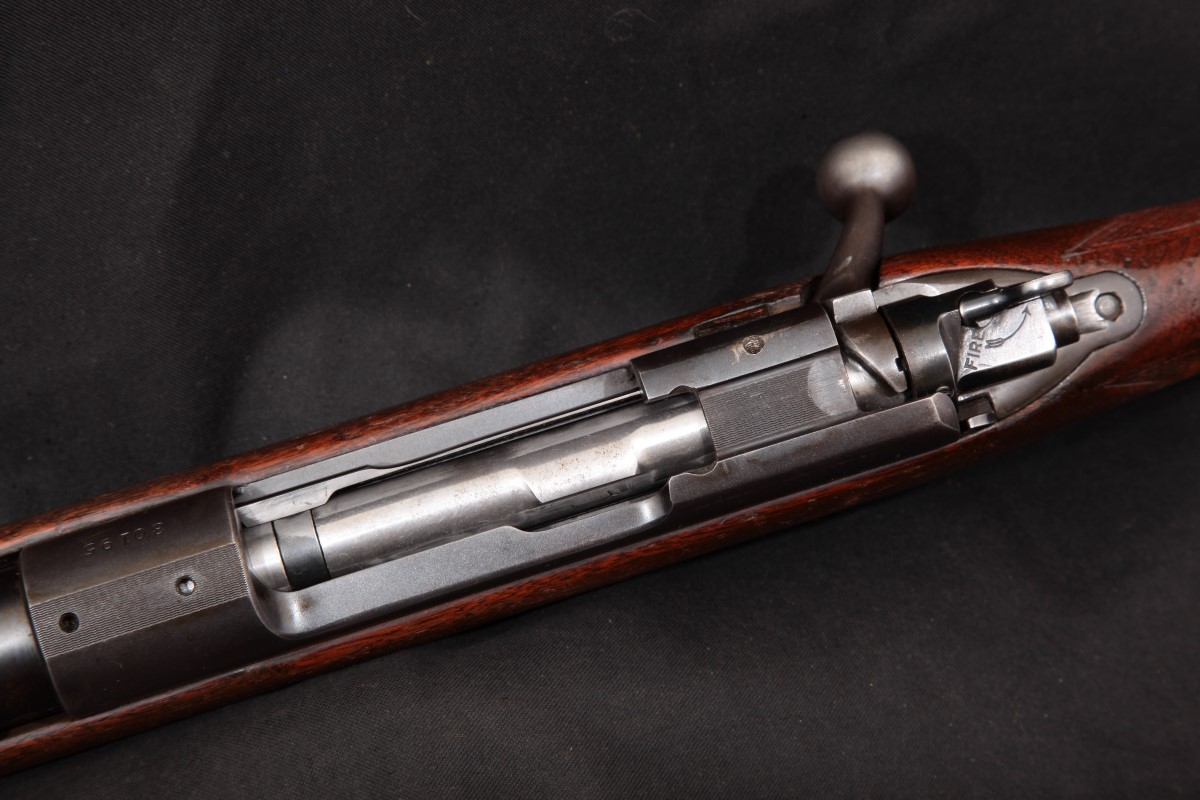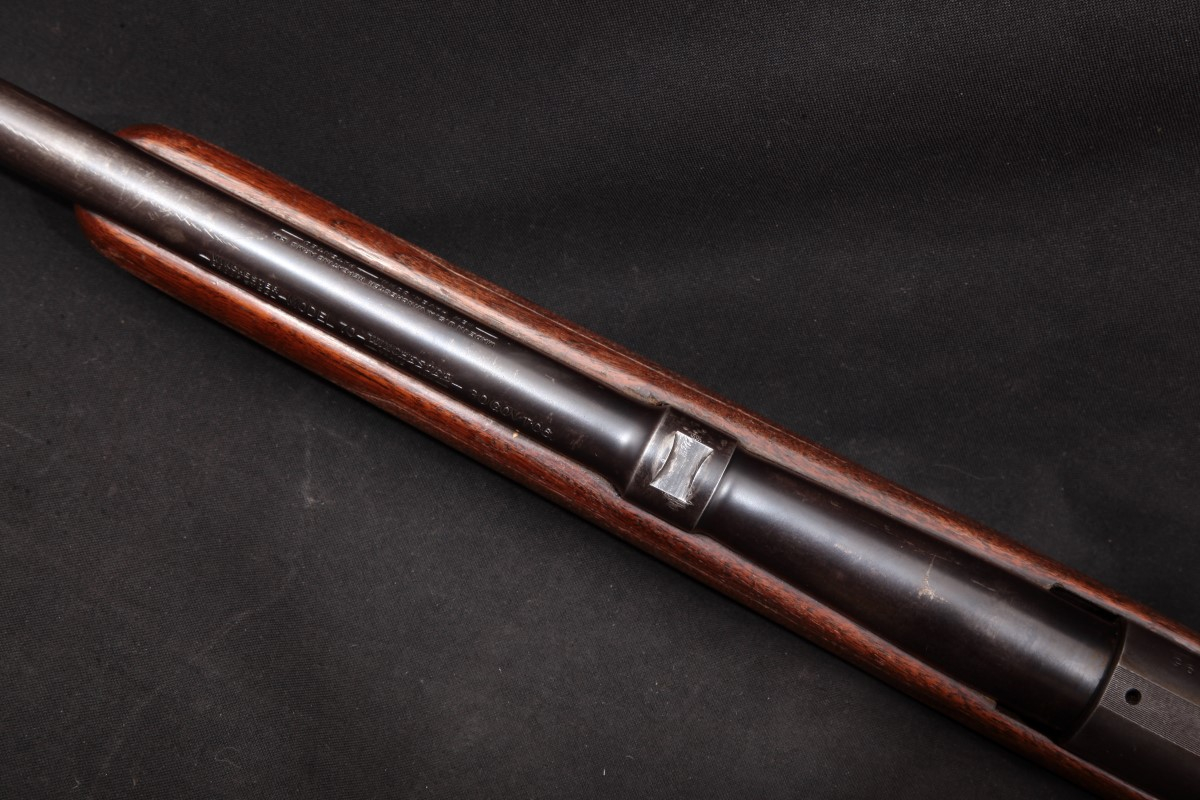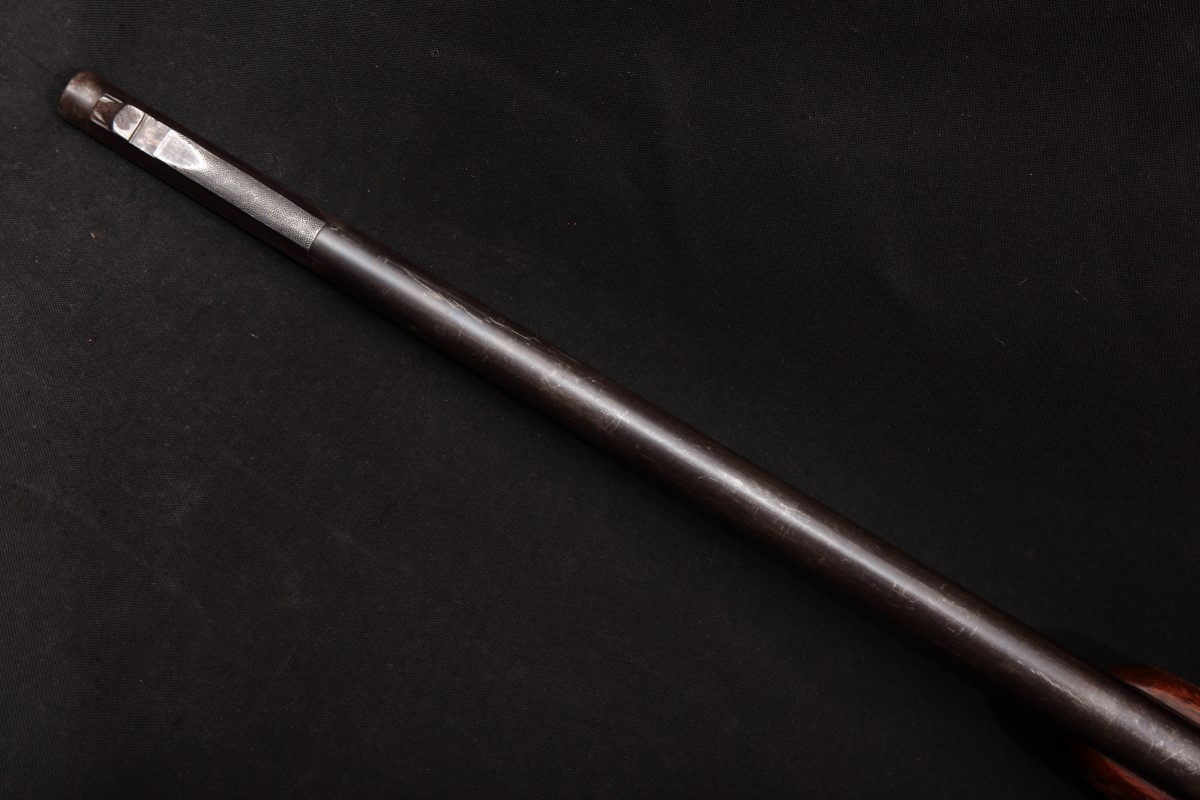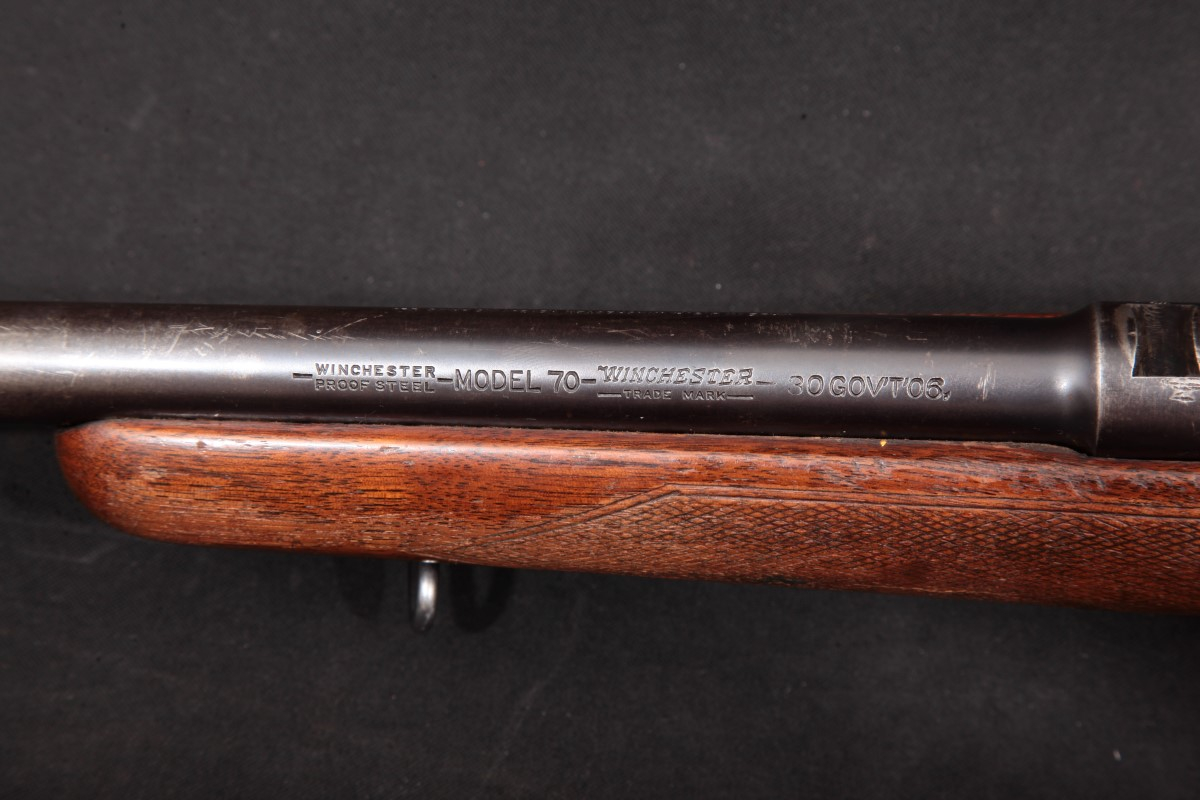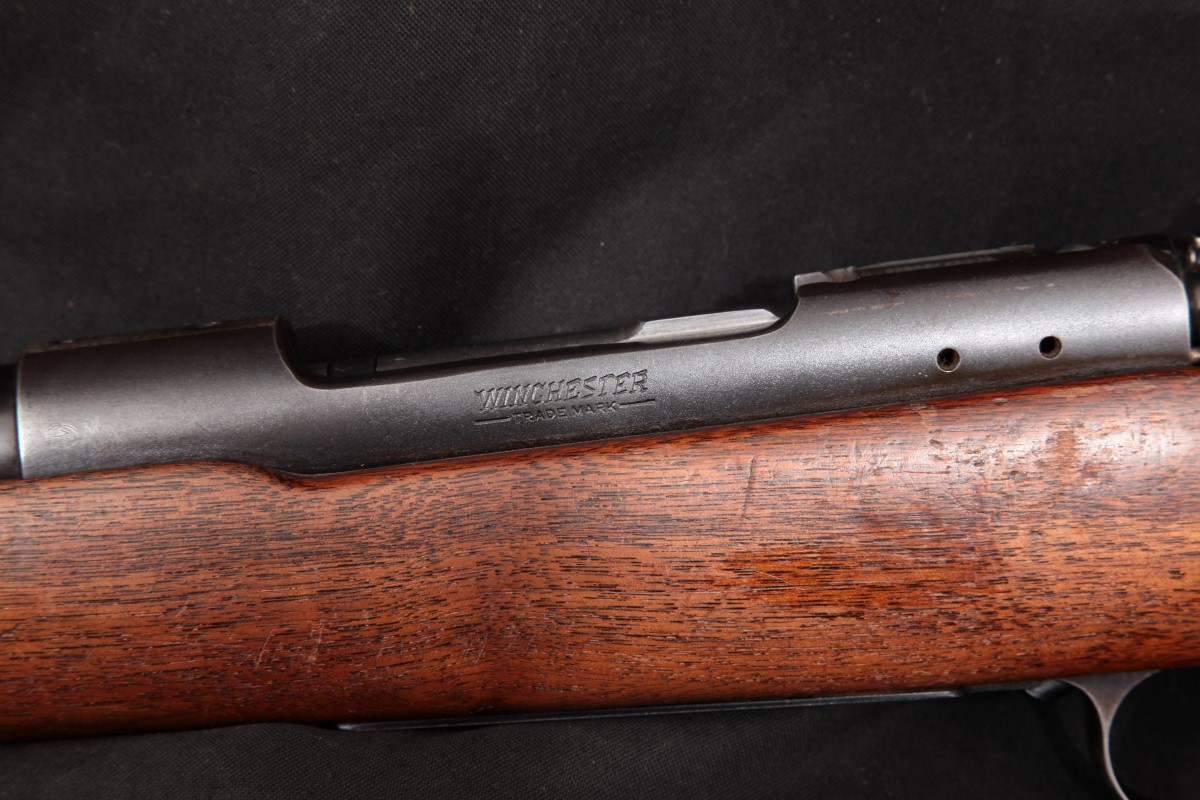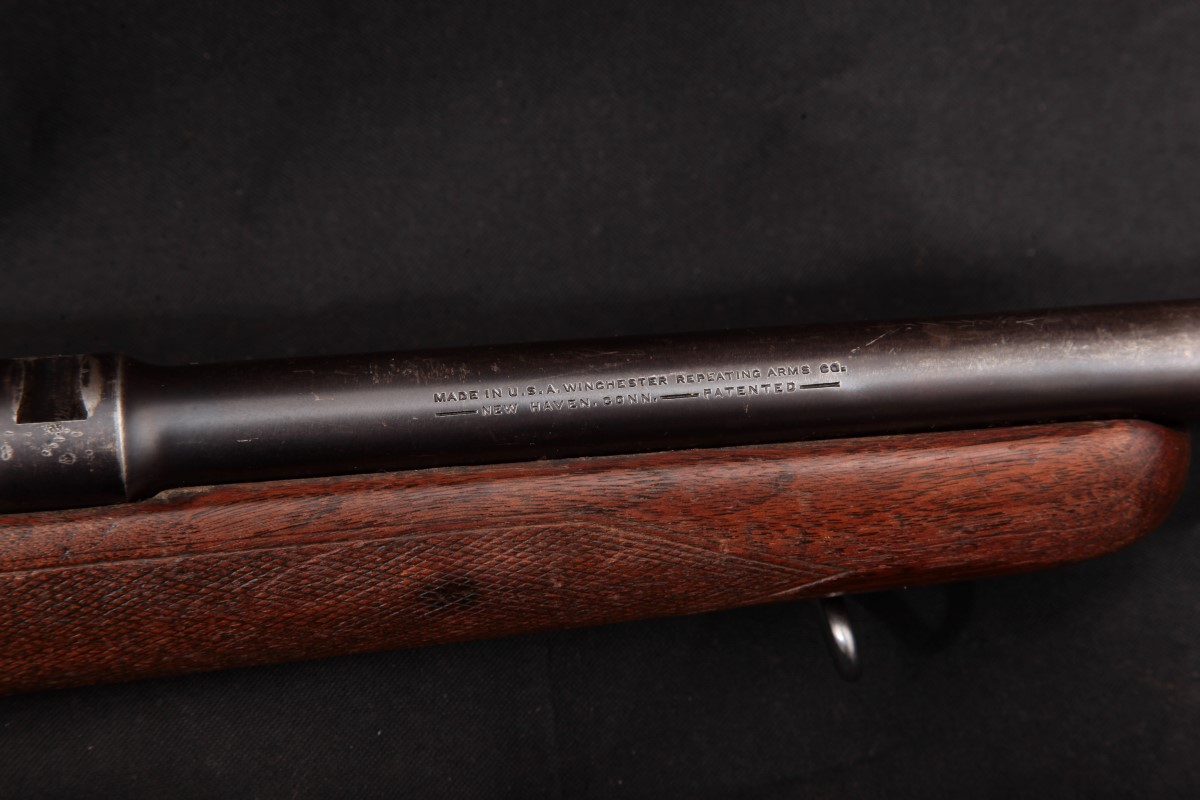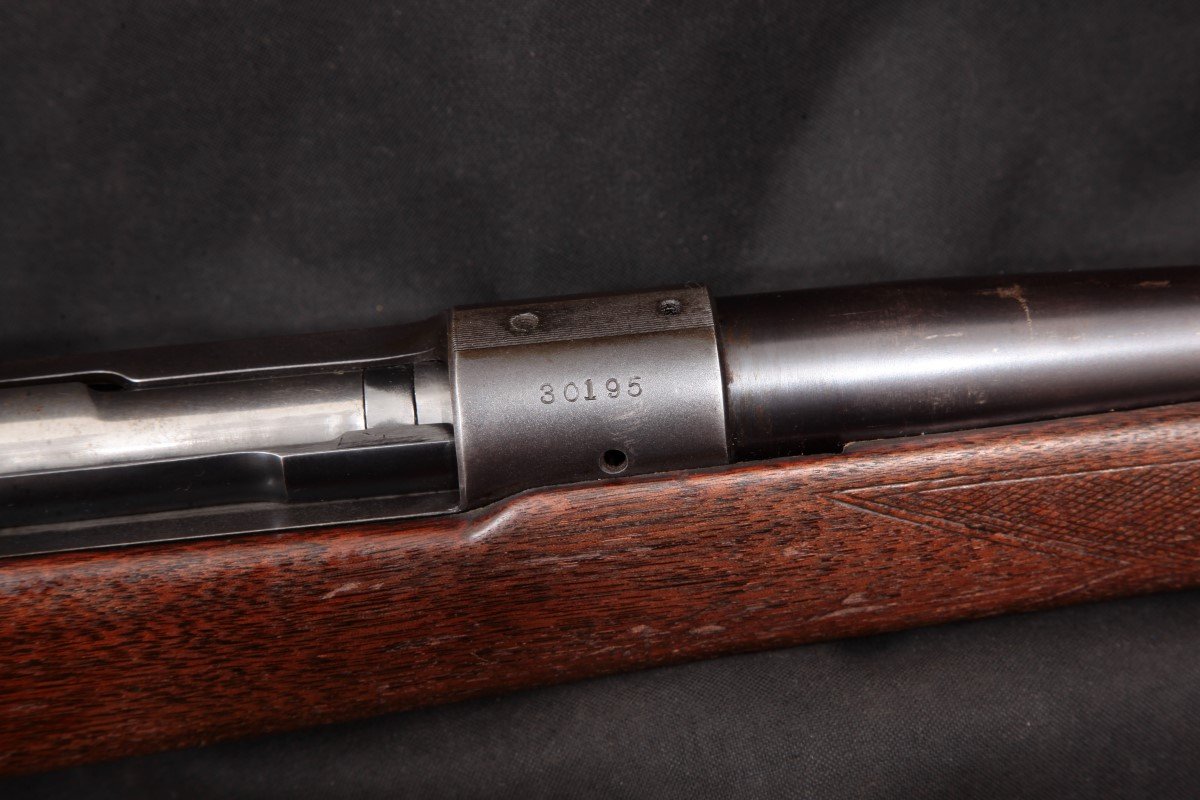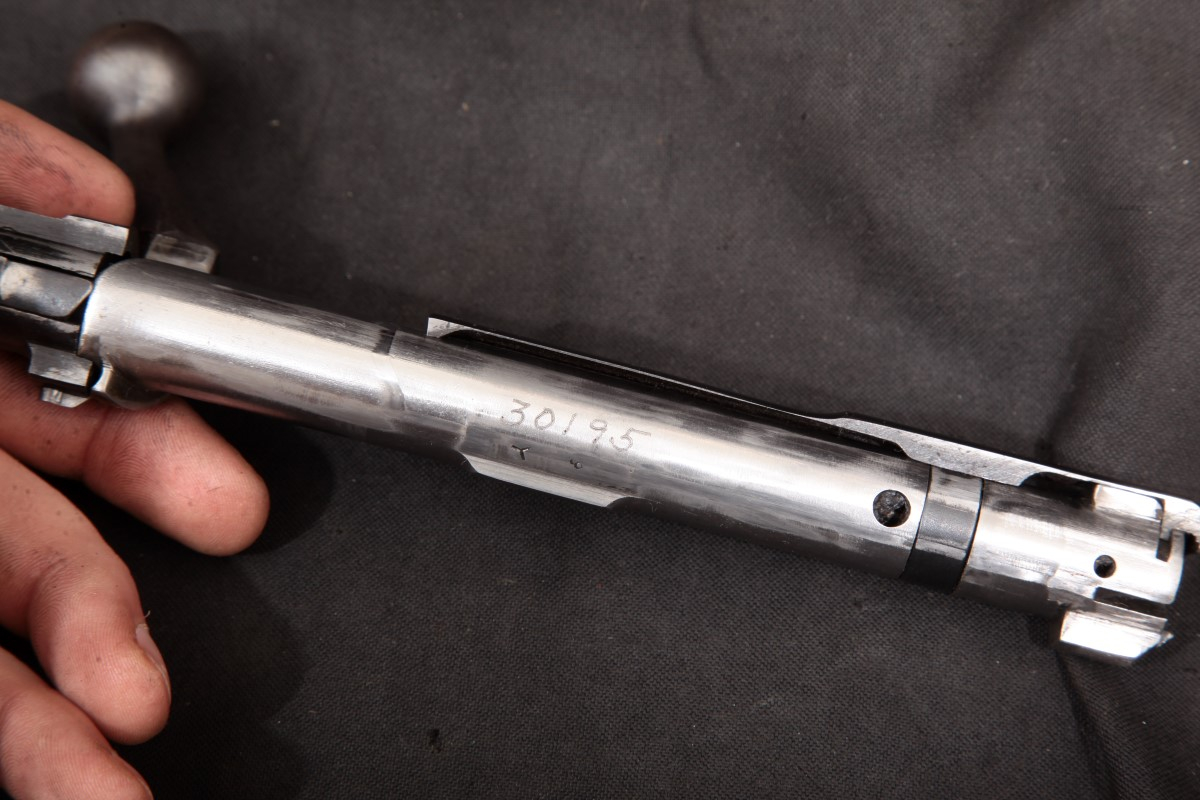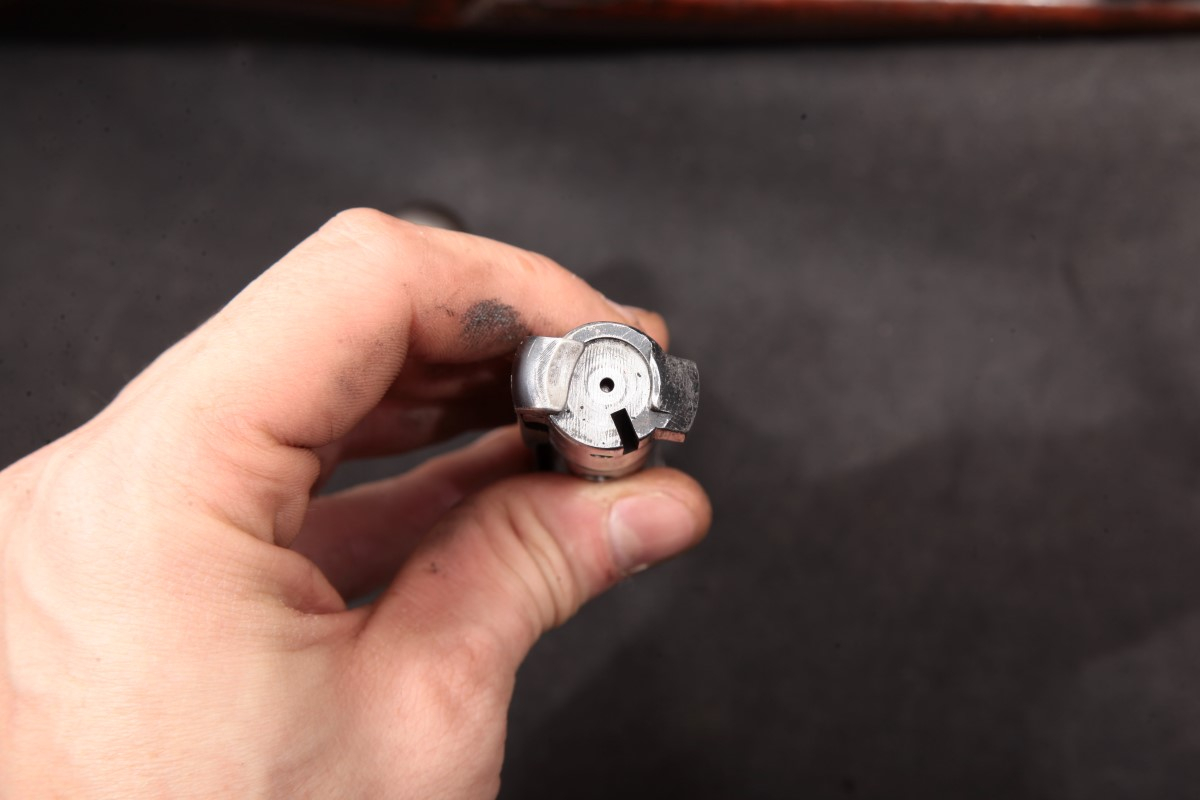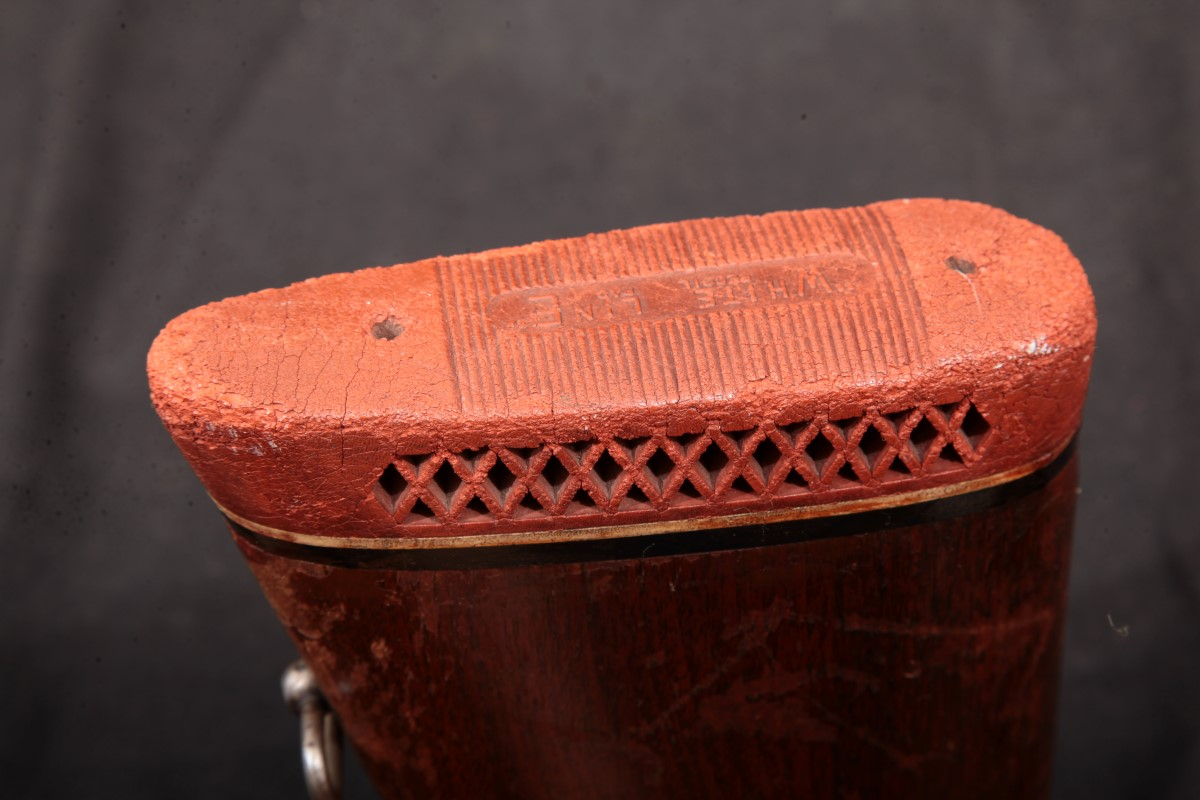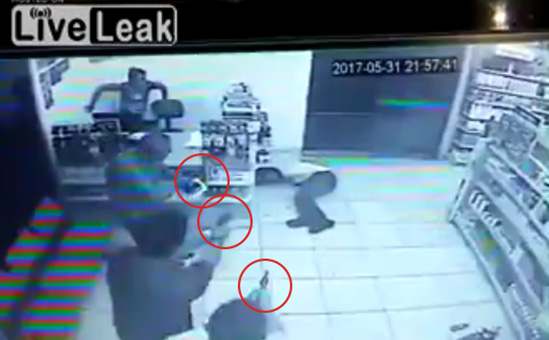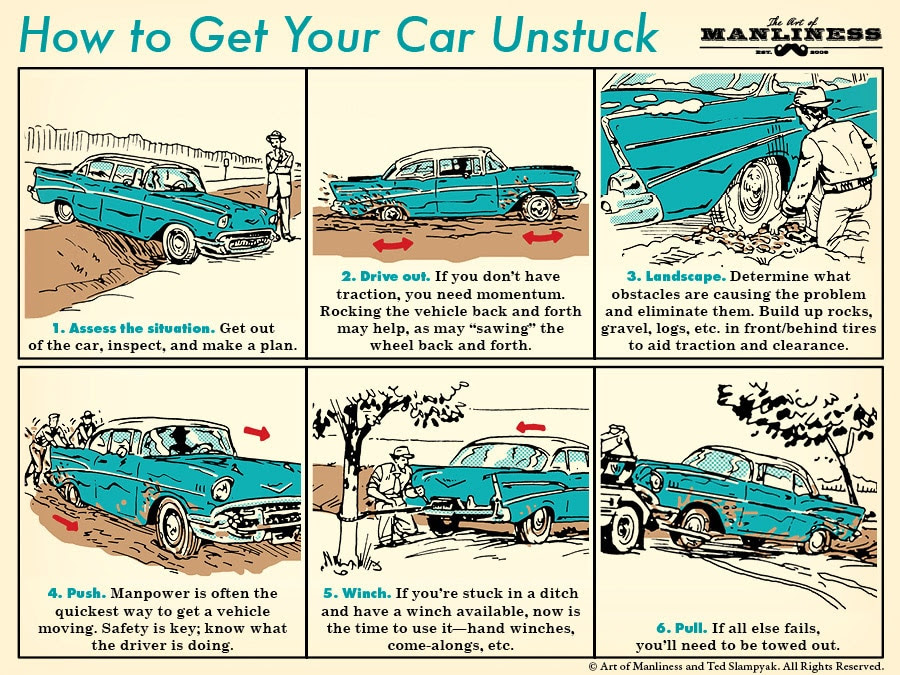Harry Pope: The Old Master

Hartford Cycle Co set up its own machinery to produce its cycles with the exception of ball bearings, which it obtained from the Pope company. Theoretically, the Hartford company operated independently of the Pope Mfg Co, but existing manuscripts show that Albert Pope made its critical decisions and that George Day, successor to George Fairfield as superintendent of both the Weed and Pope companies, often gave technical help and advice.
Harry Pope, another of Albert’s cousins, filled the position of superintendent at the Hartford company, and seems to have had some previous experience in manufacturing. Finally, in 1895, the Hartford company became officially affiliated with the Pope company, although it maintained its separate factory.
– From the American System to Mass Production, 1800-1932 by David Hounshell
Colonel Albert Pope’s brother Charles died tragically in 1868 at the age of 33, leaving orphaned sons aged four and seven. Colonel Pope adopted Harry, the elder son, raising him, sending him to the Massachusetts Institute of Technology, and gathering him into the Pope industrial flock, where Harry spent many years as a mechanical draftsman.
In 1891, the Hartford Cycle Co was set up by Colonel Pope as an independent company. The idea was to make low-cost bicycles to compete directly with Overman Wheel Co, who had been undercutting Columbia bicycles with their Victor range. There had been litigation, spying and poaching of staff between Overman and Pope, and the latter pretended he had no financial interest in the Hartford company. Harry Pope, who by now had graduated from MIT, was the plant superintendent, and was also listed as a director of the company in some later Hartford sales catalogues.
But Harry Pope’s true vocation was as a rifle designer. In his day, Harry M. Pope was judged to be the finest American barrel maker. During the late 1890s, he entered a joint venture with the Stevens Arms and Tool Company of Chicopee Falls, Massachusetts, which advertised itself as the largest producer of sporting firearms in the world. This venture created superb lever-action target arms, such as the Stevens Pope Single Shot Schuetzen Rifle.
They were, however, the last of this type of rifle: during the 1898 Spanish-American War, U.S. soldiers learned to their cost just how good the new style of bolt-action rifles were at handling large caliber bullets and putting them accurately on-target. Spanish forces were armed with the 7 x 57 mm Mauser rifle, known as the ‘Spanish Mauser Rifle Model 1893.’ This weapon, firing smokeless powder, was far superior to the Springfield trapdoor rifle used by most American volunteer units, or the Krag-Jorgenson rifle carried by the U.S. Regular Army troops and the ‘Rough Riders.’ As a result of being bested on the field of battle by the Spanish Mauser, with its smooth operation and smokeless powder which did not give away the location of snipers, the U.S. government replaced their outdated rifles with the new 1903 Springfield.
Incidentally, a corps of bicycle-mounted troops were tested by the American military in 1897. The 25th Infantry Bicycle Corps was a unit of black soldiers, commanded by white Lieut. James A. Moss, and formed in 1896 to test the combat viability of bicycle mounted troops (below). They rode from Missoula, Montana to Saint Louis, Missouri. However, the tests were suspended in April 1898 due to the outbreak of war, and the 25 Infantry was sent to Cuba without their bicycles.


THE OLD MASTER:
THE STORY OF HARRY POPE
By John Scofield, from The American Rifleman, June, 1941
The old man slowly climbs the stairs that hang steeply on the side of the warehouse, and lets himself into the fourth floor shop he has worked in for over three decades. Before him now the lettering “H. M. Pope” shows dimly for an instant through the grime of the glass. As the closing door cuts the pale shaft of light behind him, the bearded figure haltingly disappears down the narrow aisle between packing boxes toward the far end of the shop. Stooped now for an instant in the wan light that comes down onto the darkly littered bench, he reaches up and snaps on a bare overhead bulb. There in the brilliant cone of light is the old lathe. Behind it a boring machine, standing in sharp relief against the dusty, confused backdrop of the rest of the room.
Pope is changing now into his working clothes: tattered black-visored cap, blue shirt, vest sizes too large, worn patched trousers. A pair of old moccasins that fold back under his heels. From the one bright light, the outer reaches of the big shop disappear in a dark blur of boxes, tools, guns, overhead power shafts, piled-up paper and targets. From where he stands, a corner of the tiny machine rest is visible. By shooting over, under and around the clutter of the shop, Harry can fire fifty feet onto a target suspended above the rusted sink. From one of the taps a sleepy stream of water gurgles.
Harry lights one of his endless chain of cigarettes (“Started to smoke after the San Francisco fire, when grub was hard to get”), and places it in the center of his mouth, where it will remain untouched until he lights another. As he talks, he crackles into his familiar, friendly smile.
“My life? Not much of a story. A lot of hard work. I’m always tired…so damn tired I could sleep for two weeks. But you can’t do that with a wife to support. If it weren’t for her I’d close the shop and sleep until there wasn’t any sleep in me. Eyes are bad, too… You know, if I’d had any sense thirty-five years ago, when the San Francisco fire wiped me out, I’d have quit, but I went on making barrels.
“How did I get started? Pretty young. For one thing, my people opposed my interest in guns, so I became obstinate, I guess. And my aunt promised me a rifle when I was 14, if I behaved myself. She forgot, or the family objected. Anyway, I never got it. Made me mad as the devil. I saved until there was enough to buy a pistol, traded it and kept on trading until I had it worked into a real rifle.
“Rifled my first barrel when I was 12 or 13. Now, don’t get that wrong. It was when I worked for my uncle, Colonel Pope, in my spare time. His company manufactured bicycles; there was a store and we sold air pistols, among other things. They were only toys with brass barrels and shot little steel darts. We had a range in a corner of the shop where there was a thirty-foot space and a bank of bell targets. That young even I was never much satisfied with what I could get ready made, and those pistols were inaccurate as the devil. The darts moved so slowly that you could watch them curve in the air, and they never curved twice in the same direction.
“I thought I could improve one of them. One day when the shop was deserted I rigged up a foot lathe and ground a broach with a spiral twist and went to work on the barrel of one that seemed to have the smallest inside diameter of any I could find. I managed to scrape some kind of a twist in it. The grooves couldn’t have been over a couple of thousandths deep, but they served to straighten out those darts. My pistol did better than any of the others. I kept it hidden under the bench. Never told them why I could always beat them. They finally let me exhibit whenever there was someone to be impressed.”
Many of Harry’s earliest recollections are colored by family tragedy. In 1862, when he was one year old, they moved from Walpole, New Hampshire, to Worcester, Massachusetts; leaving there after a short stay the family went to South Boston. Here the boy’s mother and younger sister died of diphtheria. His father, returned from prospecting gold in Australia, married in Walpole and died when Pope was but six. Orphaned, the boy went to Brookline, Massachusetts, to live with an uncle [Colonel Albert Pope].
“I didn’t do much shooting until I was 17 or 18, when a friend and I each got a 40 caliber Remington rifle. Those were our first factory guns. But then there was a chance for a special course at M. I. T. and I took it; that was the class of ’81, when I was 20. My relatives were not affluent, and it was too fine a chance to miss after working in a shop for several years. But it did curtail shooting for a time.”
While he talks, Pope is bent over a Ballard action, not to waste any of the precious hours of morning sunlight. The bench is appalling in its utter disorder. Only Harry can find without hesitation the thing he wants – the tool put down a moment before or a paper that has lain untouched in one of its dusty recesses for a decade. He can unfailingly place his hand on anything.
“About 1887 I got the idea, I was shooting a .32-40 then, that I wanted a rifle with less recoil, but the .25 caliber had not made its appearance as a breech-loader. Remington would make me a special barrel of small caliber but I was poor, making only $2.50 a day, and that barrel would have cost a hundred dollars or more. I had a wife and boy, so that was out. I knew nothing of barrel-making, never been in a gun shop, but I had a foot-lathe and figured I might be able to make what I wanted. Well, I got away with it – bored, turned, reamed and rifled a .25 caliber barrel on that foot lathe. The barrel is still in the shop, over there in the cabinet. It was the first real barrel I ever made, and the first 25 caliber breech-loader anyone made.
“In those days the Standard target was new, the 10-ring 3.36 on the two-hundred, and we thought that was a little closer than any rifle would group. The record was 99, I forget who’s, shot at Walnut Hill. Anyway, I got a 99 with that rifle of mine, muzzle rest. “The cases I made too. Turned out of solid stock. It was a hell of a job, and I only made twelve. They were straight cases holding 25 grains of powder and a hundred-grain bullet, and later, several shorter ones with 20 or 21 grains and an 87-grain bullet. There had to be more than that dozen, so I tried necking the old .32-20 to .25 caliber, but the capacity was not great enough. Finally I tried the .32 Extra Long. It worked fine, held 30 grains of powder and was very accurate. My rifle won some local matches. And I even took it from Hartford to the Newark Schuetzenfest.
“That first .25 was almost the same as the later 25-21 Stevens. The others were like the Winchester and Marlin. I still have one or two of those original cases somewhere. I had the predecessors of all of these 25 caliber cartridges years ahead of the others.
“There were 2 or 3 other .25 caliber rifles during the next couple of years. One was very fine but I broke the wooden rod used with it and spoiled the bore with a metal rod. Then from those first fairly light rifles I went to a 13-pound rifle with set-triggers, the state of my pocket-book at prize matches putting up a pretty fine argument in favor of the heavier rifle. I made 32 and 33 calibers and later a 28 caliber using the .32 Ideal case necked down. You see, that trick of necking cases is not a very new one.
“By that time I was pretty well settled as a rifle shooter. I can remember one day in 1887 on the New Britain range; I had a bullseye ticket but on a hunch changed it for one calling for three shots for my dollar on the 200 yard German Ring target. My first shot was flagged back – a 24.
The old Dutchman scoring remarked ‘dot vas a good shot.’ The second landed in the 1 1/2-inch 25 ring. ‘Mine Gott,’ he says, ‘who are you?’ I pulled the third for a 22, but I still had the highest score. That rifle weighed only 10 pounds, with a 3 pound pull – offhand, of course.”
Despite the years of hard work, Harry still is enthusiastic, and talks shooting with all the interest of a youngster with a new hobby. He brings from the dusky bookshelf his copy of that greatest of early ballistic treatises, Franklin W. Mann’s “Bullet’s Flight.” Worn and dogeared, it is crammed with the notes entered during the period that he, Mann, E. A. Leopold, W. V. Lowe and the other pioneers who blazed the trail for the moderns were finding out what happened when the trigger was pulled.
“Mann was the devil to work for. No, I don’t mean it that way. He was the salt of the earth, but his orders were complicated and required endless correspondence to finally straighten out. Often he didn’t know what he wanted himself, and we’d work it out together. But he was absolutely honest, and the greatest experimenter I ever knew. Nothing he ever said was untrue, and he tried everything. I still have a letter from him telling of getting 6,000 feet a second muzzle velocity. I don’t know how he did it. I made several smooth-bore .30-caliber barrels for him about that time that he probably used. All of that would have been in his second book if he had lived to finish it.
“Poor Leopold was another story. Mann had made enough money on an invention that he could do pretty much as he pleased. Leopold was a great experimenter, but poor as the devil, and didn’t have much opportunity. He was working then for the Erie railroad as a telegrapher for $40 a month. I used to give him anything I could spare.
“Will Hayes was another of the old-timers. The Pope muzzle-loading system mightnever have been developed if I hadn’t met him at the Newark Schuetzenfest in 1888. He was the real inventor of the ‘Pope’ muzzle-breech loading system. “Hays wanted a gun to load greased bullets from the muzzle, for accuracy, and yet use metal cases for convenience of loading. The rifle was made for him about 1884 by George Schalk.
Schalk didn’t want to make such a crazy gun, wouldn’t put his name on it, though after he saw it shoot he put it on in a hurry. It was a 16-pound ..33 caliber on a Ballard action, using .32-40 cases and a grooved 162-grain bullet with no patch. Hayes offered to lend it to me. Of course, I didn’t accept, but I did make one like it.
“I was still making barrels for myself alone. That first muzzle-breech loader I made was in 25 caliber, after seeing the results Hayes got with his Schalk rifle. Then I made two or three lighter rifles like it. The cases were made from .32 Extra Longs, and held 30 grains of powder with a 120-grain bullet.
“Not long after that I bought a heavy .32-40 Winchester Single-Shot and rebored it for a .33 muzzle-loader. With it I began to win. So far that rifle has been fired about 125,000 times, and all with the old mercuric chlorate primers. They’re supposed to raise hell with a gun, but it’s perfect yet, after that use.
“It was at this time that I would save money to come to the New York matches from Hartford. Every time I’d go broke, have to borrow money for entry fees, then go home and borrow some more to pay my New York debts – that is, unless I’d been lucky and taken enough prize money to repay them, and then I’d be home again saving for the next trip.”
By this time the Pope muzzle-loading system was developed in its final form. Harry had modified the Schalk method of rifling as used in the original Hayes rifle: his own consisted of eight wide grooves on a radius about three times that of the bore, gain twist, with the corners of the grooves rounded instead of square, which tended to make cleaning easier. The grooves were cut just deeply enough to clear the bore in the center and give a depth at the corners of about .004 inch, half that of Schalk’s rifling. The lands were very narrow, about 1/8th to 1/10th the width of the grooves. The bore was given a slight, gradual taper from breech to muzzle.
To be capable of fine accuracy, Pope found that a bullet must be delivered from the muzzle with a perfectly square base. Breech-loading will not do this as fins of lead invariably are swedged out of the base of the bullet when it enters the construction of the bore nose first. To overcome this prime cause of inaccuracy the Pope bullet was inserted at the muzzle, the case with powder being afterward placed in the chamber in the ordinary way. By the simple act of pushing the bullet down the bore base first the dirt of the proceeding shot was scraped down the bore ahead of it, leaving a uniformly clean channel for the bullet when fired. As well, the base of the bullet remained square and concentric.
Each bullet had to be entered through a tapered false muzzle that gently swedged it into the bore without deforming it. The entire Pope system of muzzle-loading was developed to effect the delivery of a perfect bullet with its centers of weight and form true and undisturbed. By obtaining a phenomenal uniformity of delivery. Pope was able to secure the same uniformity in his results, reducing the error at the target to a minimum.
“Now look here. You say my muzzle-loaders took longer to load. Actually that isn’t so. The total loading time was the same as for an ordinary breech-loader. Just to show you: I was alone at the range one day, didn’t have to hurry, and noticed the time I took. In two hours and ten minutes I had fired 100 shots, which meant re- and decapping the shell, throwing a charge, lubricating, starting and seating each bullet as well as the normal procedure of firing offhand. You couldn’t load 100 cartridges with a modern loading tool and fire them carefully in much less time.
“Besides, loading between shots gives just enough time to get your breath back so that you are not blowing when you fire. Shooting too fast is hard to do with a muzzle-loader, so the advantage is with it there, too. Also, there are no cases to clean. We used only one case a day, and when we were through the thing to do was load it and fire it the next day for a blow-off shot.”
The superb accuracy of these rifles, properly handled, is unchallenged. Pope guaranteed that any of his muzzle loading rifles, with the exception of the 25 caliber, would shoot into 2 inches at 200 yadrs, loaded from the muzzle. Groups made by Pope, the late C. W. Rowland, dean of the old-time rest shooters, Donaldson, Roberts and others, that show ten shots at 100 yadrs and even 200 yards going into one ragged hole, have often been published. Pope himself has one 200 yard target that shows 10 shots grouping within 5/8 of an inch, center to center! Though temperamental, the Pope muzzle-breach loading Schuetzen rifle, under proper conditions and in the hands of a rifleman willing to study and master the methods that must be used to get results, will yet outshoot up to 200 yards any other type of rifle in existence.
“Developing loads for those rifles was as big a job as any. I had tried American Wood Rifle Powder, it was one of the first smokeless powders, gray, unglazed, as I remember. It have me a group at 200 yards that was two inches wide and about three feet high. The barrel remained beautifully clean but the ignition was too uncertain for any accuracy at all. I abandoned it and went back to black powder. Finally, I got a bright idea and tried some of that American Wood Powder in the bottom of the case and the rest black. It worked splendidly and left the barrel clean. Multiple (two-powder) charges still give best results in the muzzle-loaders.
“After working that out and making myself a powder measure that would throw a double charge I began to use loads like that in matches. The two-powder feature of my measure was not visible and no one knew how I got such fine accuracy. I began to win consistently from then on.
However, when I put the muzzle-loaders on the market I had to give my customers the best I had, so the secret was out. Just after George Schalk’s death in 1894 I began to make barrels commercially, though I had made them for friends for about six years. They were mechanics, so I would let them do all of the work they could and I would rifle them. Our scores improved for a new club in the backwoods. That was from 1888 to 1894. I was making bicycles then. Pretty soon outsiders began to hear of my barrels and after I had made up my mind to go into barrel-making on a commercial basis, I had in two or three weeks all of the orders I could fill in six months.”
In his lifetime Pope has done some nearly incredible shooting. Always an offhand shot, his maxim remains to this day “Stand on your hind legs and shoot like a man!” He still has the targets of one memorable match fired April 9, 1897 on the Lake Lookout Range, Springfield, Massachusetts. They are the old “Standard American”–the black 11 inches in diameter and including the 7-ring. The 3.36-inch ten ring is again divided into 10, 11 and 12 values, for scoring center shots, much as our present X or V count. Harry that day had tramped knee-deep through four miles of unbroken snow to get to the range. The match was to consist of one hundred shots offhand at two hundred yards. Harry was shooting a 13 pound rifle, barrel of his own make and a Stevens telescope.
The first string of fifty shots have him a score of 454, which was a chance at the record. The second fifty were about to equal the first and on his ninth string of ten Harry scored 89. He sat down to rest. Snow had turned to sleet, the flags were frozen and did not correctly indicate wind, and darkness was approaching.
Harry started to fire the last string. There was nothing now to tell him what the wind was doing, and he could only guess. He called his first shot–a low ten. It was flagged back. A seven! The wind he could not judge had thrown him out. Four more shots gave him seven–ten–nine–ten–nine for the five-shot string. The record seemed lost, unless he could score 95 on this last 10-shot string, and already he was five down. Five consecutive tens—it could not be done! But what followed became shooting history. Pope loaded and fired his ninety-sixth shot. It was a nipper twelve. The scorer inserted a plug in the hole. The ninety-seventh drove the plug out. The ninety-eighth again drove out the plug and the hundredth came one-quarter inch from the last, scored ten. The two strings were totaled: 917. A new record had been made. And it still stands unequaled!
During the summer of 1905 or 1906 Harry made an unusual record at the same Springfield range by shooting, from day to day, 696 straight bulls, alternating between the 11-inch Standard American and the 12-inch German Ring target. The whole run extended over several weeks. He would adjust the sights on the new day by the apparent wind and getting a bull, continue until exactly sighted, then start his score. All sighting shots counted in the run of 696 bulls, though not necessarily in the score he was that day shooting.
“Both I and Doctor Hudson have shot offhand at 1,000 yards with occasional fours and fives. I once scored 48 at 500 offhand under poor conditions. It could be done. I’m sure that if I had tackled that in the old days a long run at 1,000 would not have been impossible.”
Harry is still working, bend now over the lathe. Watching him is a revelation. His skill is at once apparent in his methods. He carefully wipes each tool before using it and inspects his work with a glass every few minutes. He will spend hours milling a tiny, seemingly unimportant cut with as great care as would be expected in the chambering of a barrel. Nothing is slighted. He works steadily but seems to need more than twenty-four hours a day. The work is done right, or not at all. This takes time, and time is precious, but to Pope, the results are worth it.
A cardboard sign on the wall of the shop is of unique interest, and indicative of the character of the great craftsman:
NO DELIVERY PROMISED. TAKE YOUR WORK WHEN DONE OR TAKE IT ELSEWHERE. IF YOU MUST KNOW WHEN I WILL BE THROUGH WITH YOUR WORK THE ANSWER IS NOW. TAKE YOUR WORK AWAY. I DON’T WANT IT. I HAVE NO WAY OF KNOWING WHEN I WILL BE THROUGH. I WORK ELEVEN HOURS A DAY. DAILY INTERRUPTIONS AVERAGE ONE AND ONE-HALF HOURS. DARK WEATHER SETS ME BACK STILL MORE. THERE IS BUT ONE OF ME. I’M HUMAN AND I’M TIRED. I REFUSE TO LONGER BE WORRIED BY PROMISES THAT CIRCUMSTANCES DO NOT ALLOW ME TO KEEP. YOU’RE A LONG TIME DEAD. IT IS TIME TO BEGIN TO LIVE.
The sign originally read seventeen hours. Pope has since had to shorten his working day to its present ten to fourteen hours at the bench.
“In 1901 the Stevens Arms Company bought me out and from the first of May of that year I made the rifles that bear the name ‘Stevens-Pope.’ I made all of those that are numbered under about 1250.” On the last day of December, 1905 Pope left Stevens. Barrel-making held his interest and hope of a future, and at 45, after a seventeen-year stay, he left Hartford and went to San Francisco. For years the West had been active in shooting. Schoyen, Schalk and Zischang barrels found a ready market there. To Harry the move offered a chance of developing his own business unhampered by the necessity of working for someone else.
His new plant was the second story of a frame building on the corner of Fourth and Jesse Streets. Harry had invested every cent he had in equipment, and the future held bright hopes. For the time being he boarded at the Linda Vista, a hotel about half a mile from the business. The proprietor furnished him with an alcove bedroom, sitting room and bath for the large sum of thirty dollars a month.
On April 17, 1906, at three o’clock in the afternoon, Harry officially started work in the new place. After a few hours he went back to his rooms feeling confident of success at his new location. In anticipation of a full day’s work ahead he went to bed early. Harry was a light sleeper. Perhaps the excitement of getting his own business under way added nervousness to sleeplessness—he happened to be lying awake at 5:15 that morning. Suddenly with an unearthly roar from outside, the bed began to jump up and down. Dazed, he spread-eagled across it. Hung on with all fours. The room shook, chairs toppled, pieces on the mantle and table spilled. Outside, a whole city was in upheaval. Screams and crashes punctuated a steady roar. An earthquake had struck San Francisco!
The early morning catastrophe found the city defenseless. When the first shocks had subsided, Pope rushed to the window. Directly opposite the hotel a brick wall had fallen on four frame buildings. Injured were shrieking and silent dead were grim evidence of the horror that had struck the city. In a few terror-crowded hours all of San Francisco became a picture of utter destruction. A fire three miles across with flames a quarter mile high raged with the fury of an inferno, highlighting the fear-stricken faces of those fortunate enough to escape. Buildings crumbled, sidewalks chipped and buckled in the searing heat. Great cracks opened in the earth to hamper rescuers.
To Pope the catastrophe meant the loss of everything. He recovered what few things he could and piled them into a Gladstone bag. Today, after thirty-five years, that bag, with its mementos of San Francisco untouched, is in a corner of the Jersey City shop, under the bench. Among the souvenirs Pope has kept is a commuter’s ticket from Hartford to Walnut Hill, issued to members of the Walnut Hill Rifle Club, with two rides still unpunched. It was with Pope when he went to California, and by some strange chance was in his pocket when he left.
“I pulled out of San Francisco and went to Los Angeles, but couldn’t make it go and about nine months later came back East. For a year I was in John W. Sidles Shop, he was the famous old telescope maker, but he finally broke up and I was out again. For a time I kicked around with nothing but odd jobs. There was a hard winter, 1907, and then I scraped up enough capital to start the place here in April, 1908. Been here ever since.”
* * *
The Old Master is still active. Adversity and the weight of 80 years have left their mark, but he still turns out the fine barrels that probably never will be surpassed. As Jim Howe said, “The fact that Harry Pope was able to produce barrels with no other machine than an old lathe, that he could fashion makeshift barrels in a makeshift contrivance would excite no wonder, but that he could and did make barrels superior to those produced by machines designed for this particular purpose is a tribute to his patience and ingenuity and should dispose of the word ‘can’t’ forever.
Pope’s is a unique personality. A strict individualist, he has held to the ideals of craftsmanship fostered in his early years. Now he is one of the ever-thinning little group of artists who insist upon turning out superbly fine work, with little thought of profit and in spite of mass production methods and the competition of the machine.


Harry Pope article with thanks to – http://riflemansjournal.blogspot.co.uk/2009/08/history-harry-pope.html

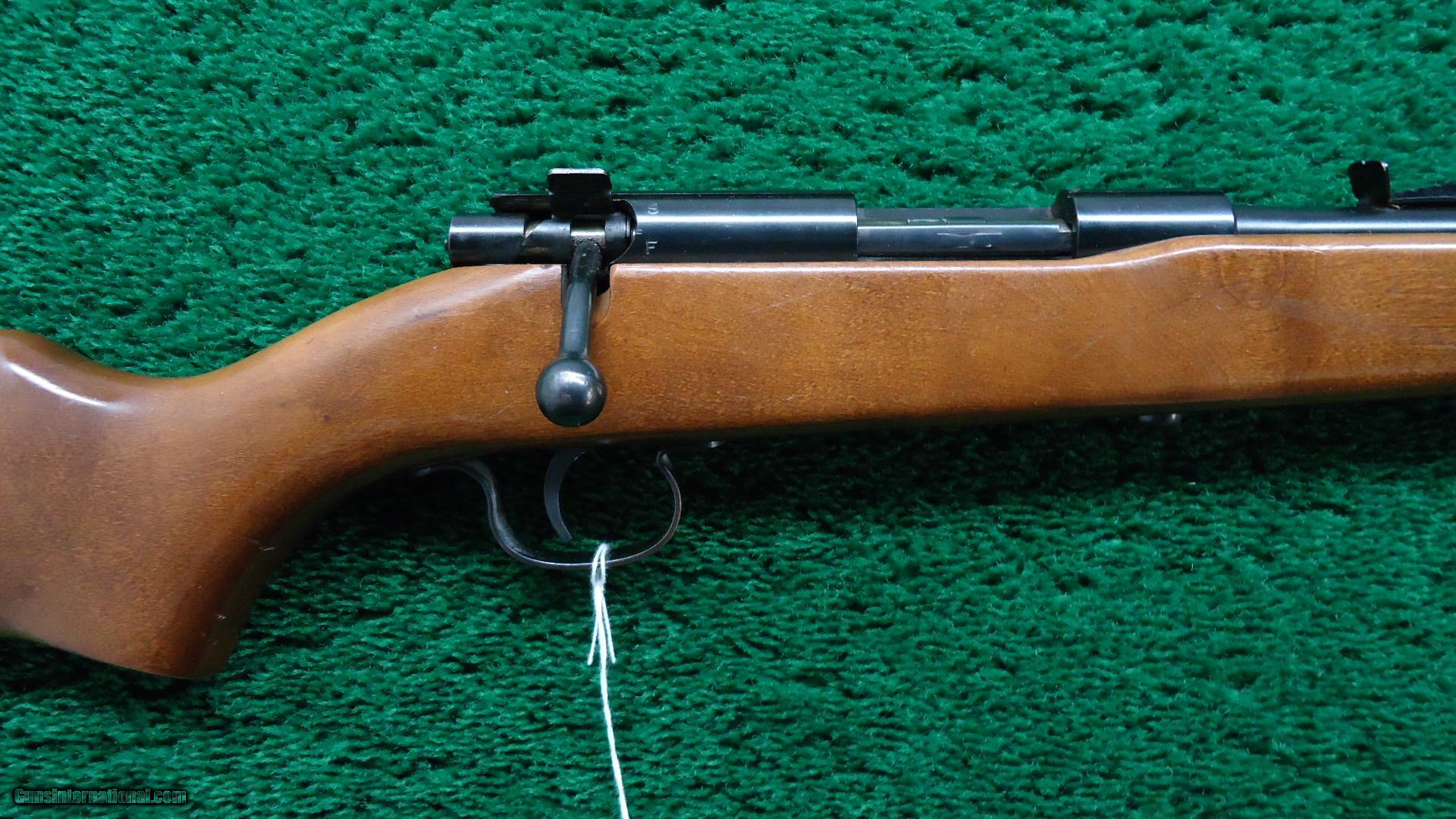

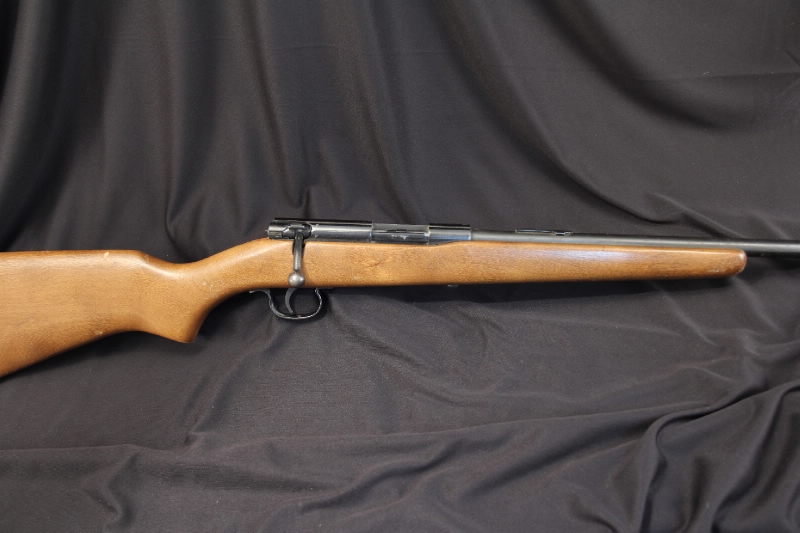



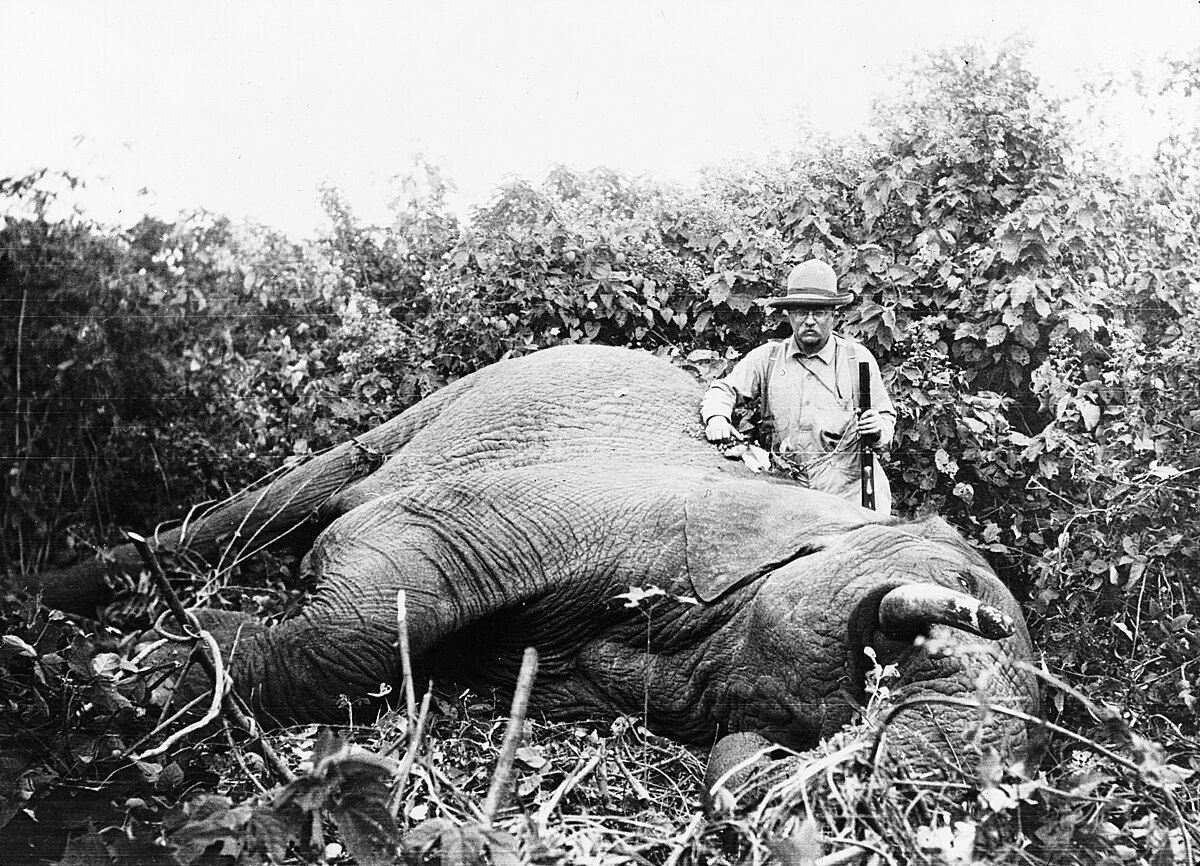 What I thought of both of my Grandfathers were like to me!
What I thought of both of my Grandfathers were like to me!
